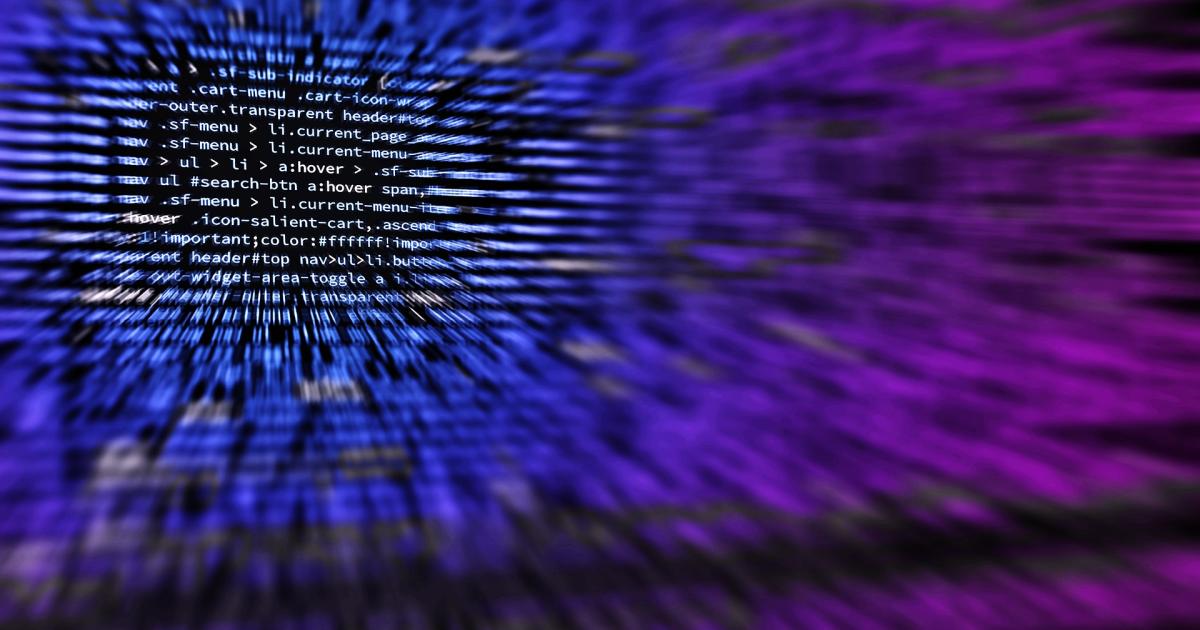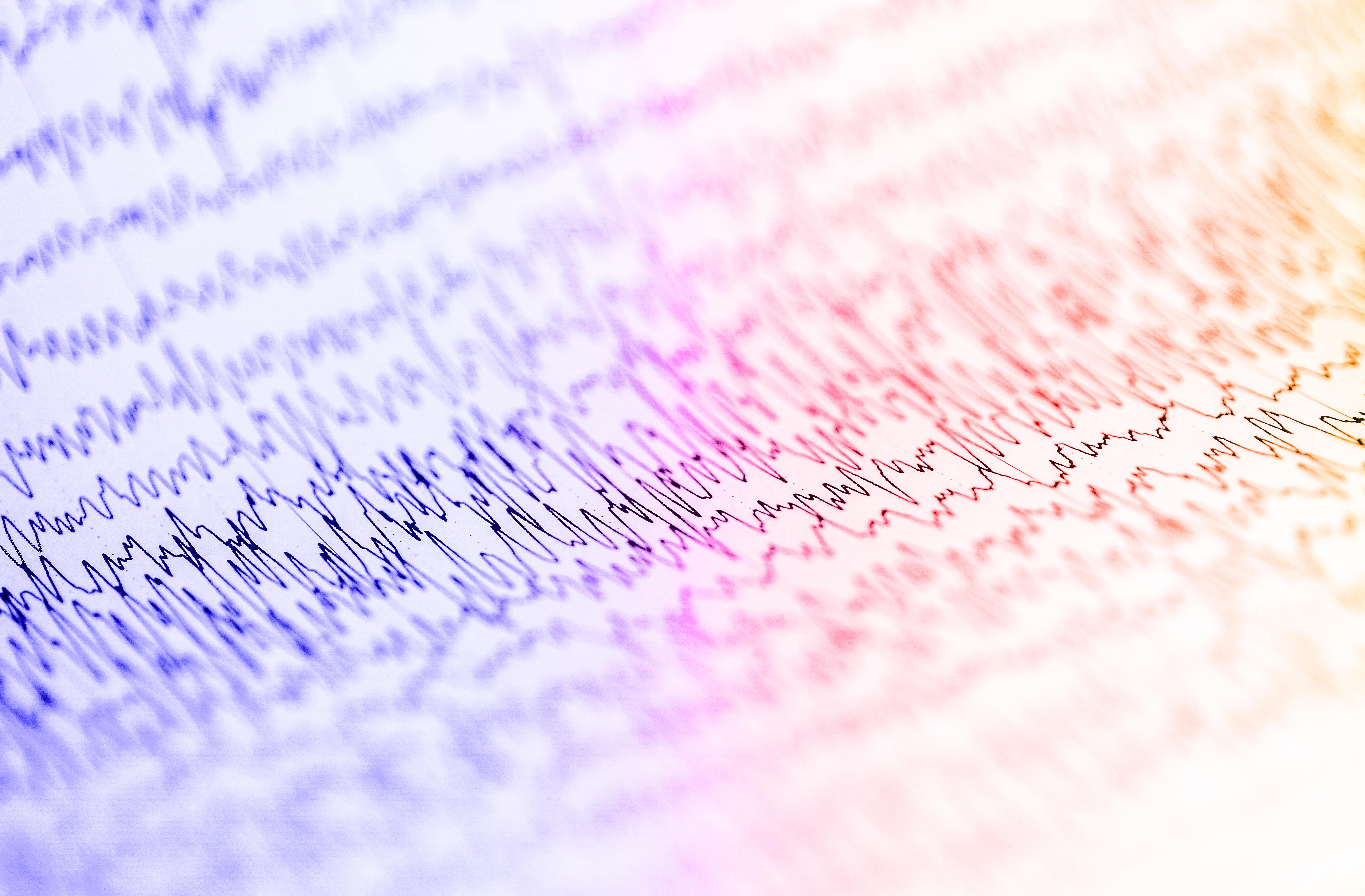
Health & Medicine
Breakthrough: Medicinal cannabis and severe epilepsy

New research throws light on the predictability of seizure cycles for people with epilepsy
Published 13 September 2018
Cycles govern most aspects of our day-to-day life and our biology.
There are environmental cycles, like the 8-hour working day, 5-day working week, monthly mortgage repayments and seasonal weather patterns.

There are also cycles in our body governed by hormonal and metabolic activities, like body temperature, sleep and appetite. Longer biological rhythms exist too, like the menstrual cycle, breeding and hibernation.
It is not surprising that so many interwoven cycles can affect human disease in complex ways. Epilepsy is particularly sensitive to metabolic cycles with seizures known to be provoked by poor sleep, heat stress, alcohol consumption, exercise, changes in mood and even the weather.

Health & Medicine
Breakthrough: Medicinal cannabis and severe epilepsy
Hundreds of years ago, neurologists documented their patients’ seizure times and found reliable patterns that, for some people, were repeated daily, weekly and monthly.
The cause of these cycles was not clear and the cause of longer cycles remained particularly mysterious. For some women, seizures appeared to be linked to menstruation; however, monthly cycles were also common in men.
Baffled, several researchers resorted to supernatural explanations like ‘moon madness’.
Understanding seizure cycles, and being able to forecast when they will occur, has profound implications for better treatment of epilepsy.
We have conducted the largest study of seizure cycles in humans and our research, published in the Lancet Neurology, provides conclusive evidence that multi-day cycles exist for most people with epilepsy.
A major finding from our study is the high rate of seizure cycles in the population which means that cycles could potentially be affecting the treatment of most people with epilepsy.

We still do not understand the causes of seizure cycles and it is difficult to replicate early studies of multi-day seizure cycles because reliable, longitudinal data of individuals’ seizure times is not typically collected.
Early studies were conducted in a world where people travelled less or lived in closed epilepsy colonies where it was much easier to obtain complete records of a person’s seizure times over decades.

Sciences & Technology
Q&A: How algorithms are fighting epilepsy
Nowadays, people with epilepsy may report having a ‘bad week’ at the start of each month, a cluster of seizures every 10 days, or other cyclic patterns. However, while anecdotal evidence of long-term seizure cycles is abundant, experimental proof is lacking
Our study was based on two of the largest databases of human seizures ever recorded. The first dataset is from 15 people with epilepsy who were implanted with a device to continuously recorded their brain signals for up to three years.
The second dataset is a non-invasive, online record of peoples’ seizure times reported via a mobile app SeizureTracker.com, with data sharing supported by the International Seizure Diary Consortium.
The implant data provided an extremely accurate, objective account of seizure times since seizures were directly verified from brain activity. App data is based on self-reporting so is more subjective, but reflects a large and diverse cohort of over 10,000 people reporting for up to 10 years.
We measured the strength of cycles from periods of 12 hours to three months. A majority (86 per cent) of people had at least one significant cycle
Circadian or 24-hour cycles were most common at 83 per cent, however 23 per cent of people had a seven-day cycle. A quarter of the participants also had at least one cycle that was longer than three weeks.

The existence of a precise seven-day cycle in over one fifth of the cohort was staggering. These weekly cycles suggest human brain activity is entrained to an artificial seven-day week in addition to our brain’s well-documented synchrony with the 24-hour light cycle.
The weekday that most seizures occurred was unique to the individual and, across the population, no day of the week was ‘worse’ than any other day. Like many researchers before us, we also found that longer cycles were equally common in men and women.
So what are the implications of our findings?

Health & Medicine
Predicting epileptic seizures, just like the weather
Failing to account for multi-day cycles could lead to inconsistent treatment decisions.
For instance, if medication changes were made at the high point of someone’s cycle there would be a perceived benefit because afterwards seizures would begin to decrease.
After the low point of the cycle however, seizures would begin to increase and the drug would seem to be performing badly. Similarly, tracking seizure cycles during clinical trials is important to properly measure the effectiveness of a new drug.
Perhaps the most exciting aspect of this research is that cycles were measured from self-reported mobile seizure diaries. By developing the right software, we can immediately begin using the information from seizure cycles to improve treatment outcomes.
The main aim of my research is to develop a seizure forecasting app and this study is an important step towards that goal. At our start-up company, Seer, we have developed Beagle Health Tracker, an app that detects the different cycles that modulate individuals’ seizures and present this information graphically.

Users can track where they are in a particular cycle, explore the different associated risk levels and schedule medication to align to their unique rhythms. The next step is to incorporate additional data to build a more nuanced picture of an individual’s seizure likelihood.
One important data source available soon is brain signals recorded from outside the skull. Recently our team, lead by Professor Mark Cook, announced that a trial of Minder, a sub-scalp implant device, will begin in Melbourne as early as next year. Devices like Minder are anticipated to revolutionise seizure forecasting.
However, it is important to begin the data collection process now.
Our investigation has taught us that tracking seizure times can reveal rich patterns that can be used to build better forecasts and make a real difference to how people manage epilepsy.
Banner image: Wellcome Trust